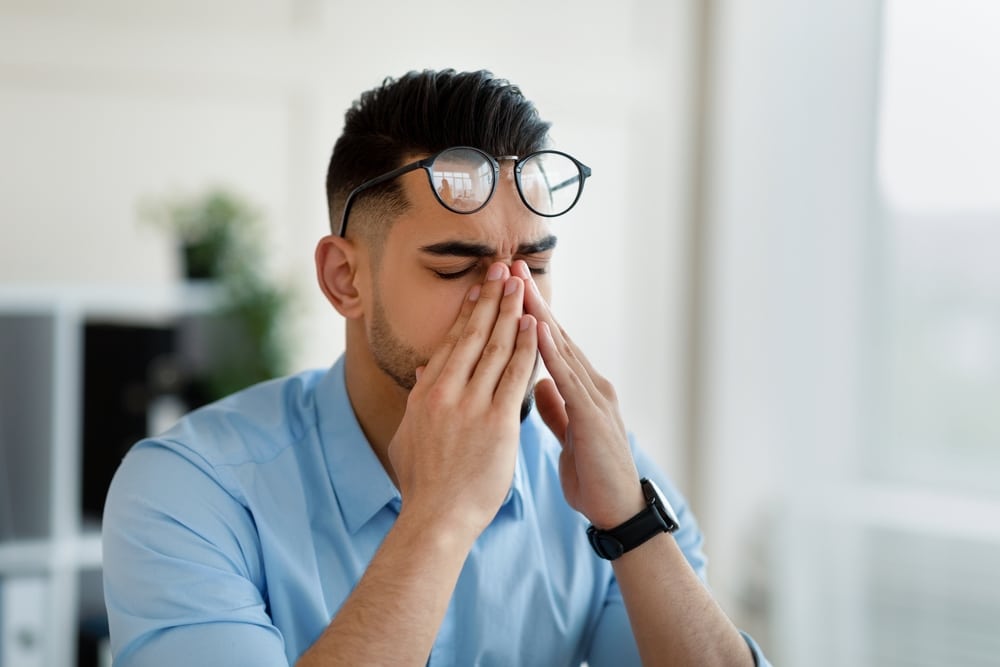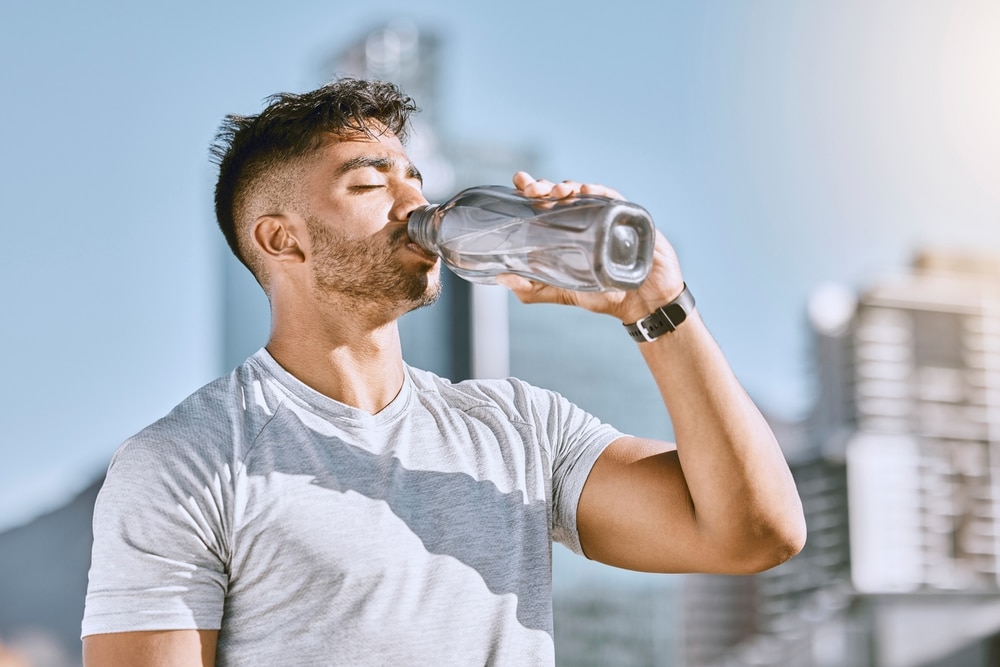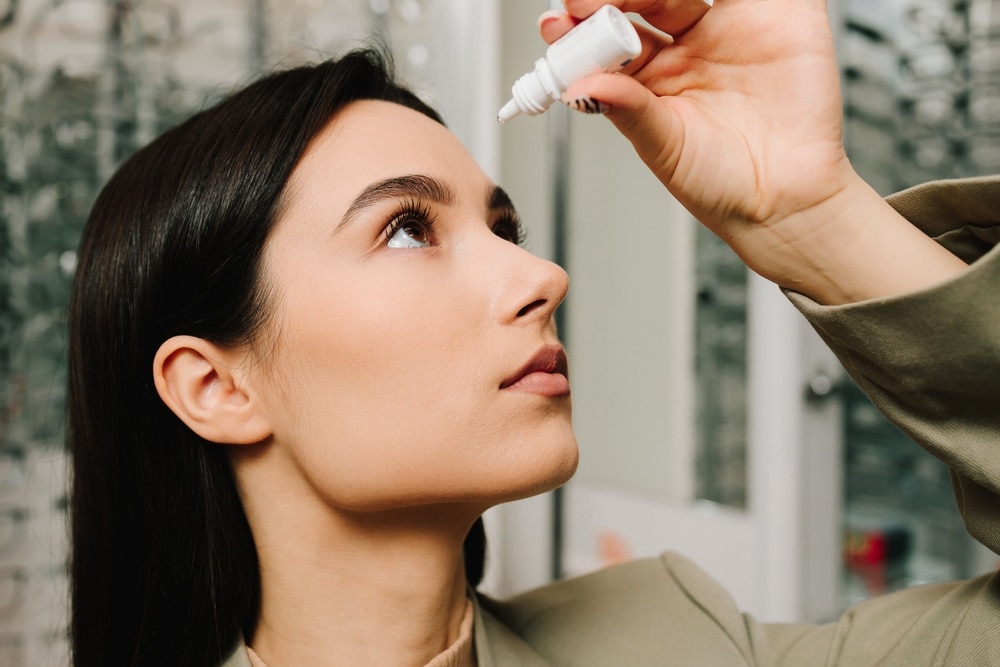8 Lifestyle Changes That Could Transform Your Dry Eye Symptoms
Have you been struggling with dry, irritated eyes that won’t go away? You may have dry eye.
Luckily, relief could be as simple as making these lifestyle changes to reduce uncomfortable symptoms. Keep reading to learn more about eight lifestyle changes that could transform your dry eye symptoms!
What is Dry Eye?

Dry eye, or dry eye syndrome, is a condition that occurs when the tear film that lubricates your eyes is imbalanced. This condition can occur either when your eyes don’t produce enough tears, or when the tears are of poor quality and evaporate too quickly to maintain proper eye moisture.
While most people experience dry eyes from time to time, dry eye disease is a chronic condition that does not go away on its own and often requires lifestyle changes or further treatment.
What are the Symptoms of Dry Eye?
Dry eye patients experience a variety of frustrating symptoms, including:
- Dry, irritated eyes
- Blurry vision
- Excessively watery eyes
- Stinging or burning sensations in the eyes
- Redness
- Mucus in and around the eyes
- Light sensitivity
- Eye fatigue
- Feeling like there’s something in your eye
- Discomfort wearing contact lenses
While these symptoms are often indicators of dry eye, they could be signs of another condition. To ensure you are properly diagnosed and get the relief you deserve, you should schedule an eye exam with your eye doctor at Mueller Vision.
They can get to the bottom of your symptoms and recommend the best treatment plan for you.
What Lifestyle Changes Can Improve Dry Eye Symptoms?
If you have been diagnosed with dry eye, your eye doctor at Mueller Vision may recommend you try various lifestyle changes to improve your symptoms, including:
1. Using a Humidifier
Especially in winter, the air around you can get dry and worsen dry eye symptoms. By using a humidifier in the areas you spend the most time in, like your bedroom or office, you can increase moisture in the air and lessen discomfort from dry eye.
2. Changing Your Diet
Foods high in omega-3 fatty acids can help strengthen your tear film by promoting oil production in the meibomian glands. This can help reduce dry eye symptoms and lead to slower tear evaporation.
Walnuts, chia seeds, flaxseeds, and fish are all great sources of this essential nutrient, and omega-3 fatty acid supplements can also increase your intake.
3. Drinking More Water

Dehydration affects your whole body, including your eyes. Making sure to drink enough water, especially in hotter climates, is essential to maintaining moisture in your eyes.
4. Switching to Glasses
Wearing contacts, especially for prolonged periods of time, can contribute to dry eye. This is because they can limit the oxygen flowing to the cornea, which can negatively impact your tear film.
Switching to glasses can help lessen your dry eye symptoms.
5. Limiting Screen Time
When you are focused on a screen, your blink rate can decrease. This can prevent your eyes from getting the lubrication and moisture they need, as your tear film is replenished each time you blink.
Limiting screen time can help combat this, as can practicing the 20-20-20 rule while using screens. It involves looking away from your screen every 20 minutes at an object 20 feet away for 20 seconds.
This technique reduces eye strain and can remind you to blink regularly.
6. Wearing Less Eye Makeup
Eye makeup like mascara, eyeliner, and eyeshadow can block the meibomian glands, which are responsible for producing the oils necessary to maintain a stable tear film. Wearing less eye makeup may reduce your symptoms and allow your meibomian glands to secrete the oils your eyes need to stay comfortable.
7. Using Artificial Tears
Over-the-counter artificial tears can be used on a daily application schedule or in response to acute symptoms to alleviate dry eyes. If your eyes are more sensitive, you can also opt for different brands with fewer preservatives.
8. Using a Warm Compress
An easy, at-home treatment for dry eye is applying a warm compress over your eyelids to release blockages in the meibomian glands. You can use a clean, warm, damp towel lightly pressed over your closed eyelids for 10-minute increments to soothe inflammation and improve meibomian gland function.
Are There Other Treatments for Dry Eye?
If lifestyle changes aren’t enough to improve your dry eye symptoms, your eye doctor at Mueller Vision may recommend further treatments, including:

Prescription Eye Drops
Prescription eye drops can be used to lower inflammation in the meibomian glands, allowing for the release of oils to contribute to a healthy tear film.
LipiFlow
LipiFlow is a treatment that uses gentle heat and pressure to release blockages in the meibomian glands, supplementing your tear film with the oils it needs.
Punctal Plugs
Punctal plugs are tiny devices placed in the tear ducts of your eyes that help retain tears and increase moisture. These plugs can either be temporary and dissolvable or permanent.
Do you want to learn more about finding relief from dry eye with lifestyle changes? Schedule an appointment at Mueller Vision in Fort Worth, TX, today!

